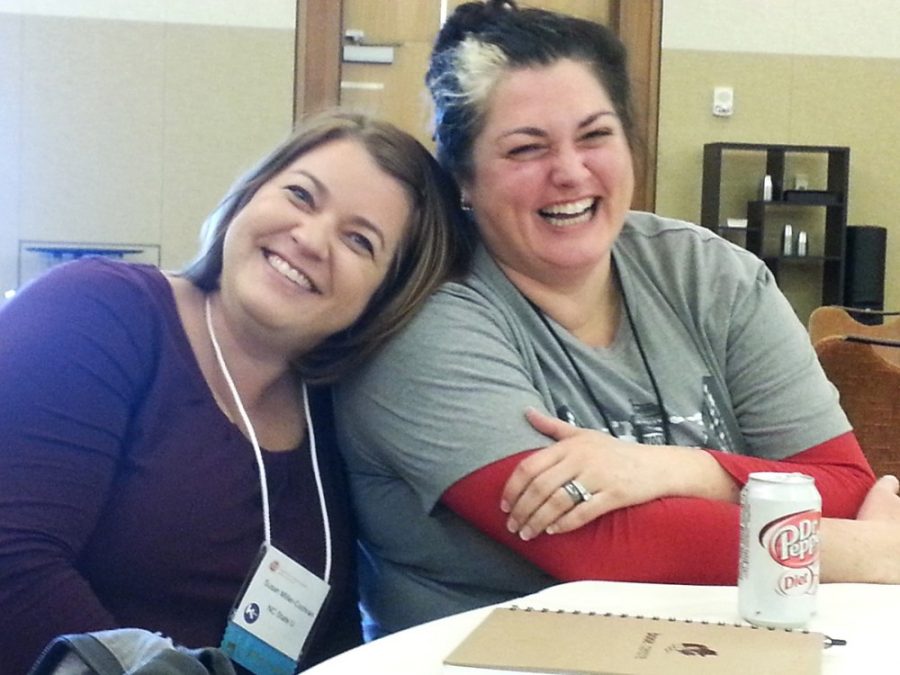This summer, the UA introduced its new online university, UA Online, in order to keep up with the increasing demand for online-learning programs. This shift prompted the Department of English to hire a new director of the Writing Program, Susan Miller-Cochran.
Though Miller-Cochran is the director of the Writing Program as a whole, assistant visiting professor Shelley Rodrigo will be the director of the Online Writing Program for the next academic year. Both Miller-Cochran and Rodrigo bring a wealth of digital instruction experience, but Rodrigo’s presence will make the implementation of the writing program run more smoothly.
“The Online Writing Program is just getting off of the ground and really needs someone’s full attention,” Miller-Cochran said.
Rodrigo is a veteran of online teaching, and her experience and passion will help ease the stress of bringing in a new director and launching a new online program.
“Right now, the English department at the UA is going online, and they have more or less never done that in the past,” Rodrigo said. “Not only do I bring my experience, but I bring ten-plus years of professional qualification of helping faculty across disciplines of teaching with technology.”
UA Online as well as the Online Writing Program are being geared toward a specific set of students: individuals who are working full-time or returning to school.
Outside of UA Online, other UA students won’t be seeing much of these new online English classes. Their availability will, at least for now, be limited to a few summer session courses.
In the future, however, Miller-Cochran would like to see the program grow outside of UA Online. She particularly wants to use it to develop courses for students with disabilities or those who may not learn well in traditional, face-to-face classes.
“I think that’s really what our focus is, as opposed to just kind of growing the program or targeting it towards students who really would benefit from a face-to-face environment,“ Miller-Cochran said. “We’re trying to find the ways to really meet the needs of all our students.”
The implementation of this new online university also prompts the revamping of its interface, something that Miller-Cochran and Rodrigo stressed with the new UA Online program. The days of largely text-based online classes are over, and Max Rich, a public health senior, thinks this is a good thing.
“I was lucky to have a really good [teaching assistant] … someone who was like, always available,” Rich said regarding an online class he took via D2L. “Whenever I had a question about something [my TA] was really easy to get in touch with-—but a lot of the students did struggle with it.”
UA Online intends to address this issue with the design of its courses. Rodrigo specifically teaches her instructors how to prompt their students to interact with one another and build a community, similar to what would happen in a traditional classroom setting.
In an effort to steer instructors away from teaching primarily with text, instructors will employ screen-capture technology, which will allow them to record audio responses to the students writing.
“As a student, if you could actually hear your instructor responding to your writing instead of just reading the comments on the screen … there’s some advantages and disadvantages to that kind of comment thing, and there has been some really outstanding research in our field to support it,” Miller-Cochran said.
According to the UA Online website tuition for fully online undergraduate degrees ranges from $490 to $515 per credit hour, with no program costs or differentiation between resident and non-resident costs.









